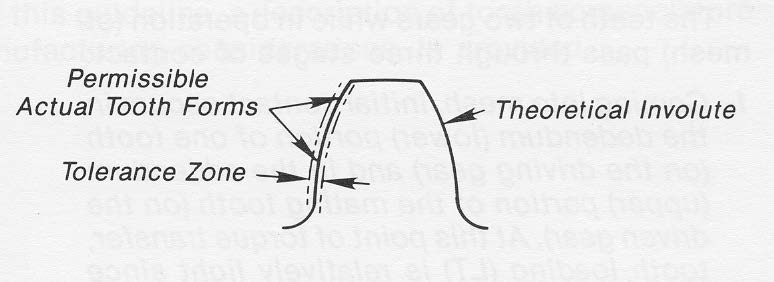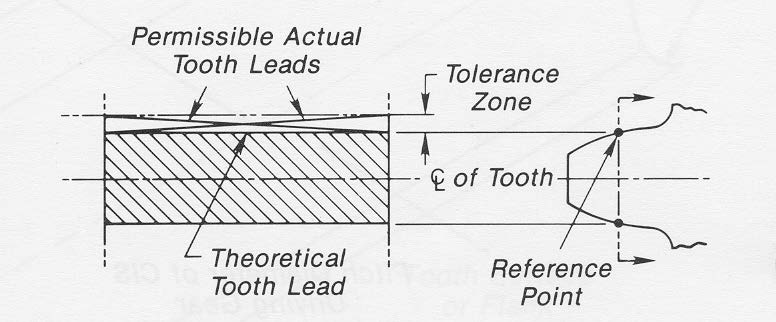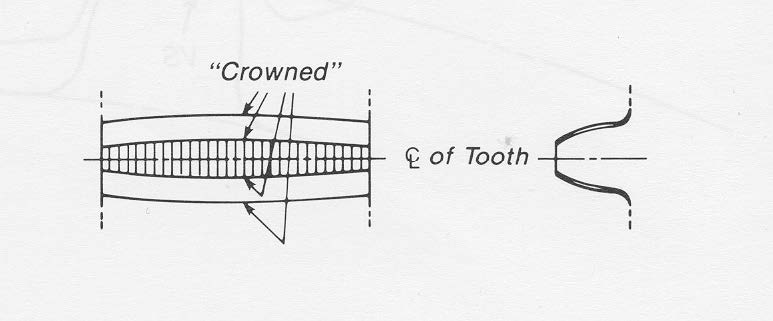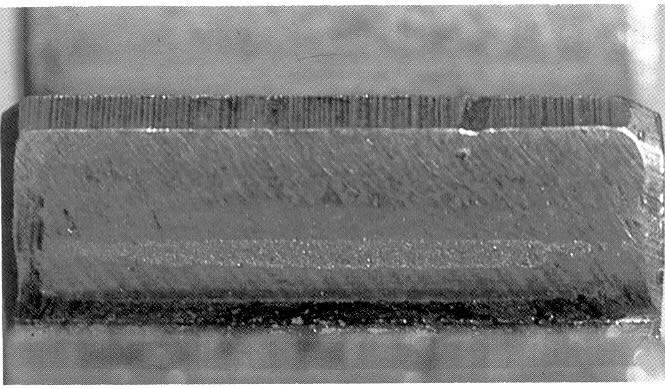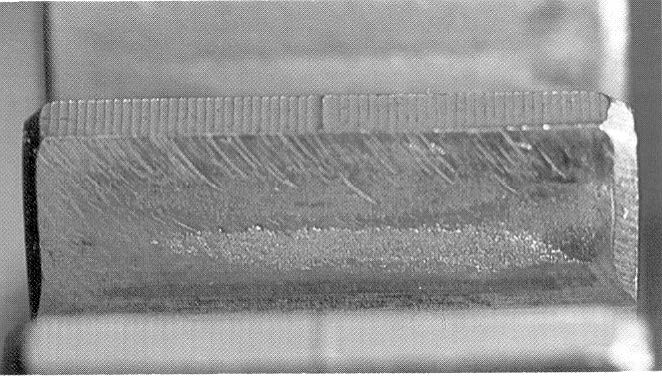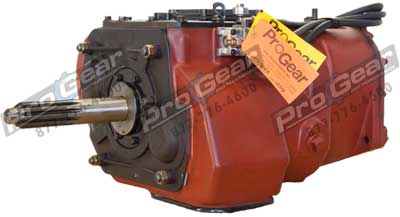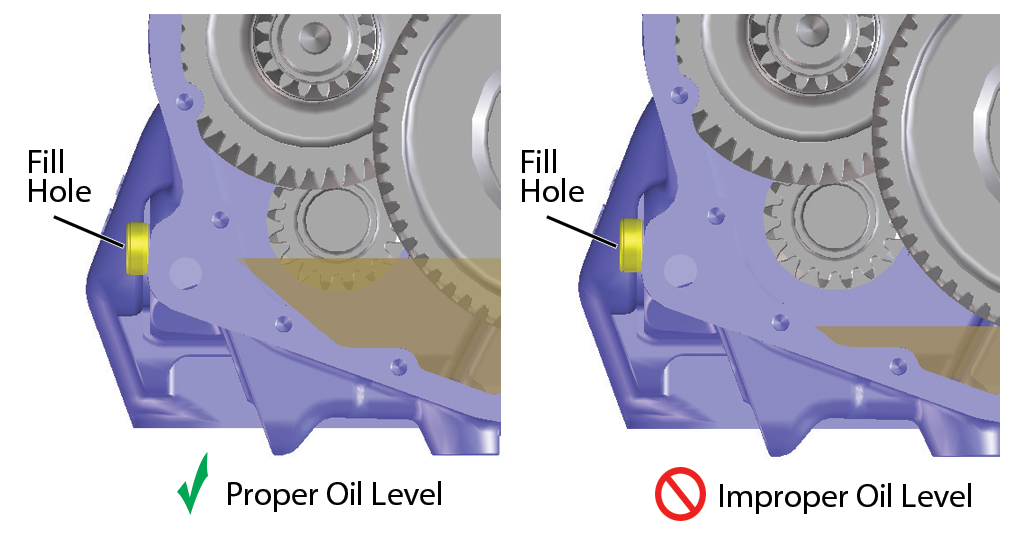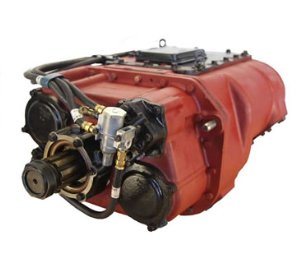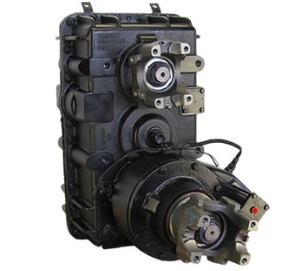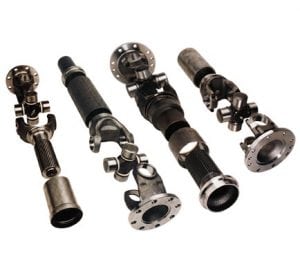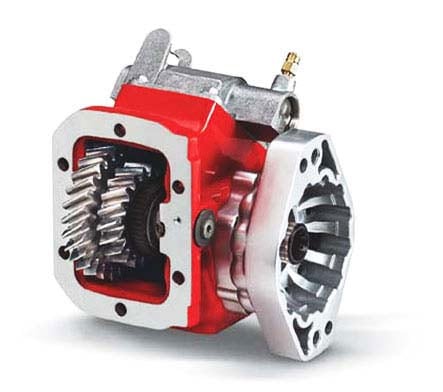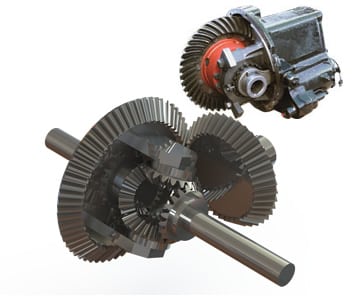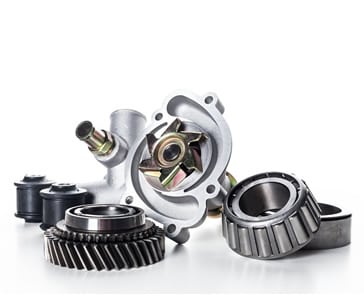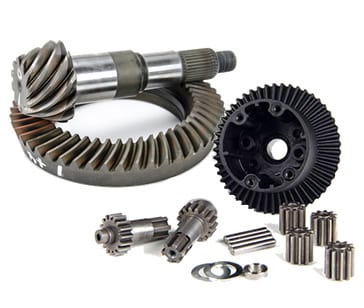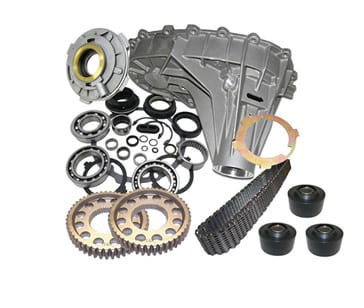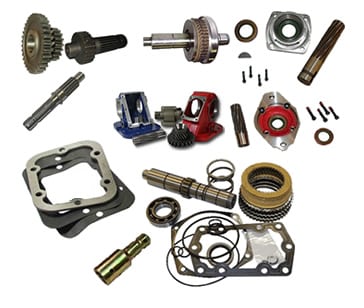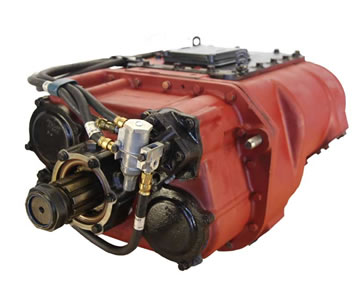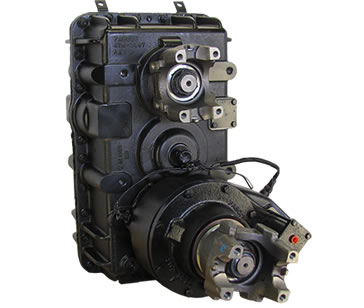Understanding Transmission Gearing
We stock transmission parts for medium and heavy duty trucks and equipment
Many times owners replace their transmission gears because they believe that a failure has occurred when in fact the gears can be reused during a rebuild. By understanding what caused the gear failure and what can be done, you can prevent a future failure.
To be able to identify if a gear should be reused or replaced, some gears should be tested with special equipment. This information only applies to transmission gearing that can be properly checked and evaluated in the field.
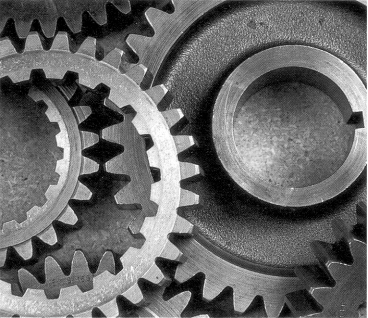
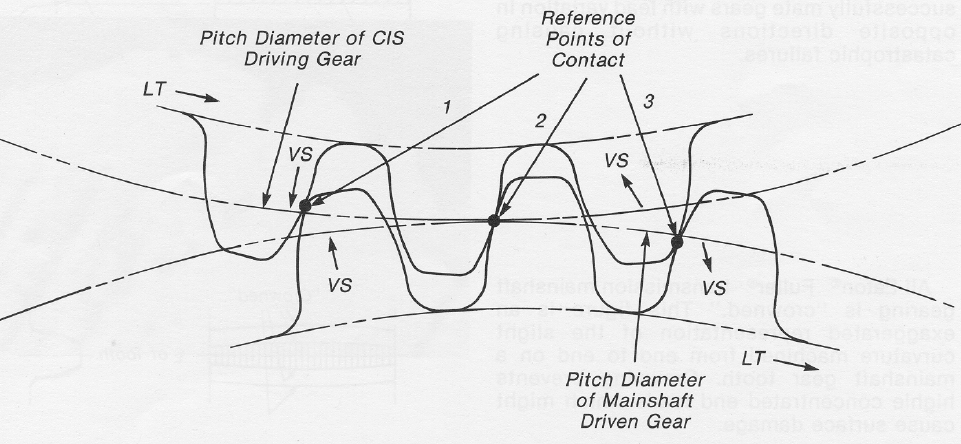
There are three stages of gear tooth contact happens during operation.
- When the gears come into initial contact, the lower portion of one tooth (on the driving gear) and one tooth on the upper portion of the mate tooth (on the driven gear) the torque transfer is light. Most of the torque transfer is carried by the other teeth in the mesh and a portion of the teeth going out of the mesh. The contact between the two teeth is a sliding action as the move through the meshing. The sliding velocity decreases to zero when the contact points reach the crossing of their pitch lines.
- At full mesh, the two teeth meet with a rolling motion which produces the best tooth loading.
- Moving out of the mesh, the two mating teeth move in a sliding action opposite of the initial contact.
The ideal tooth shape is created for each gear. Most manufactures have determined tolerances to prolong a gear’s life. A gear tooth is designed to be parallel with the centerline of the shaft. These close tolerances make it possible to mat gears with a lead variation in opposite directions without creating disastrous failure.
Eaton transmission mainshaft gearing is crowned as a slight curvature machined from each end on a mainshaft tooth. This method of crowning prohibits high concentrated loads with may cause surface damage.
Under 600x magnification, smooth looking surfaces have irregularities of high and low points.
Minor forms of tooth distress can happen on the gear tooth surface, but it does not always result in gear failure.
Micro-pitting may occur on areas of the tooth surface between mating teeth. This will create a light wear and a band of off-white coloring called “frosting”. A gear does not need to be replaced due to frosting, but if other signs of distress happen such as tip loading, misalignment, or severe surface irregularities, further investigation is needed.
Offset frosting occurs with lead variation in the opposite direction of mating gear teeth. A small amount of shifting and slight wear may happen until the load. Under normal operation and conditions, healing will occur and the gear life will not be lost.
Healing occurs when the balance of frosting conforms to the shape of the contact area which wears away. The rate of wear diminishes until it polishes itself out and frosting is replace with a very shiny area. No gear life is lost in the healing stage.
Another surface condition in the early life of a gear is called pitting. It is caused by microscopic variations in tooth form and material microstructure.
Lubricant usually fills the irregularities of both teeth wile in mech. A lubricant creates a film of oil to prohibit metal to metal contact. When under load, oil pressure and surface stress develop. Pit size will may depending on the depth of the original fracture and the progression of pitting. This will continue until the tooth can carry the load without distress. This pitting and distress can heal.
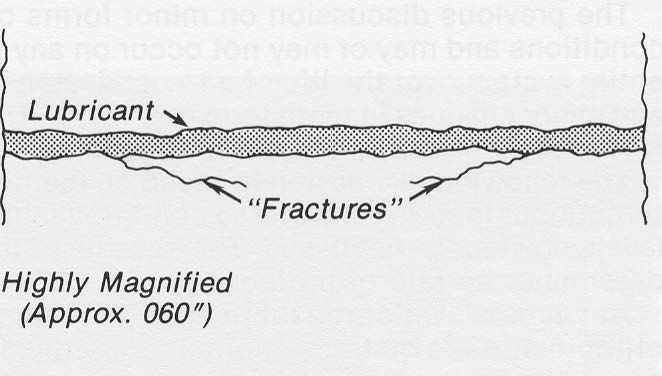
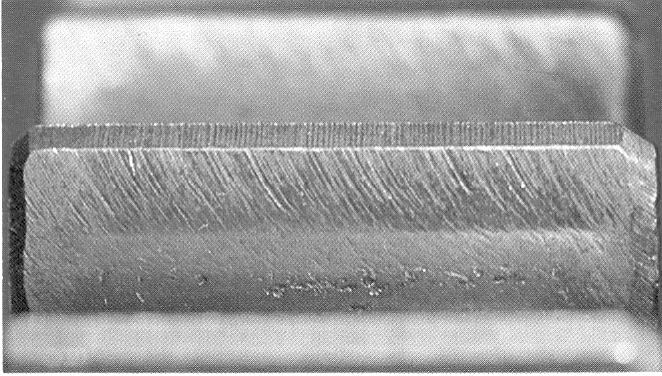
“Initial Pitting” is the mildest form of pitting consisting of pits from pin hole size to .03 inches in diameter. This continues until the tooth is able to carry the load without distress. There is no need to replace the gear due to initial pitting. The gear will continue to function and heal over.
Under normal operation a gear can have both frosting and/or initial pitting which are likely to heal.
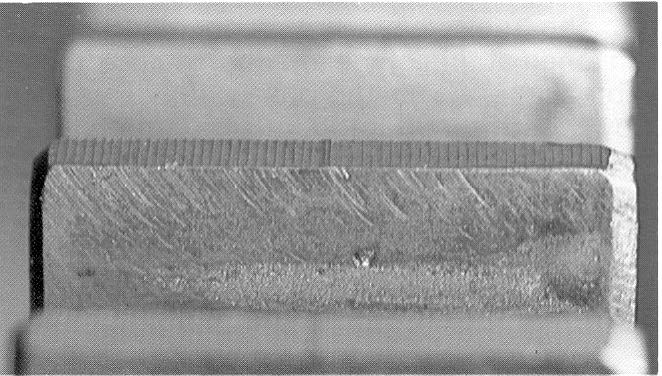
Eaton Fuller Transmission parts online store
Click here to shop our web store for Eaton Fuller parts. We stock genuine Eaton Fuller parts to completely overhaul a transmission or a single part to repair it. We offer rebuild kits, bearing kits, bearings, gasket kits, gaskets, master re-builder kits and remember to check the input shaft, air hoses, synchronizes, shift fork, O-rings, main shaft drive gear, counter shaft drive gears, and counter shaft, overdrive gears for wear and damage. The main shaft overdrive gears, shafts, slave valve, shift knobs, m/s washers, m/s key auxiliary washers should always be checked before being installed.
Remember to always inspect the front bearing cover, output seal, snap-rings, and clutch shaft bushings, sliding clutch and electronic controls, speed sensor, shift tower, for damage. We also sell the shift sticks and knobs, shifter, range valve, speed sensors, and splitter cover for 13 and 18 speeds, shift tower O-ring, clutch brake, air system, tapered roller bearings, ball bearings, cylindrical roller bearings, yokes, cases, bell housings, snap rings, O-rings and bushings for most models. We stock parts for rebuilding an Eaton fuller mid-range as well as factory remanufactured Eaton transmissions for sale. We are your number one Eaton Fuller transmissions parts supplier specializing in Eaton parts catalogs, Eaton Fuller Transmission Parts Supply, Spicer Transmission Parts Warehouse, Fabco Transfer Case Parts and more.
Remember Proper Lubrication is the key to long transmission life.
Proper lubrication procedures are the key to a good all-around maintenance program. If the oil is not doing its job, or if the oil level is ignored, all the maintenance procedures in the world are not going to keep the transmission running or assure long transmission life. Eaton Fuller Transmissions are designed so that the internal parts operate in an oil circulating bath created by the motion of the gears and shafts.
Thus, all parts are amply lubricated if these procedures are closely followed:
1. Maintain oil level.
2. Follow maintenance interval chart.
3. Use only recommended lubrication.
4. Buy lubricant from a reputable dealer.
Check Out Our Online Truck Parts Store

Differentials, Transmissions, Transfer Cases & PTOs are new and rebuilt by Pro Gear and covered with a one year, unlimited mileage warranty. *See warranty. All other warranties are that of the manufacturer.

